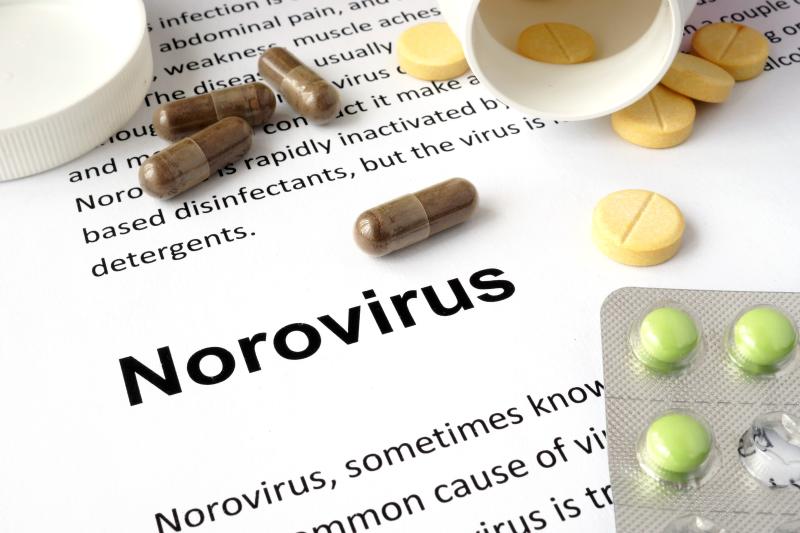
The major route of transmission, clinical impact and challenges of human noroviruses are largely under-recognized by healthcare professionals, an expert suggests.
“Norovirus is a global leading cause of foodborne illnesses and related deaths,” said Dr. Martin Chan of the Department of Microbiology, Chinese University of Hong Kong, at the Advances in Medicine 2016 meeting in Hong Kong. “Nearly 60 percent of foodborne illnesses in the US are caused by norovirus infection.” [Emerg Infect Dis 2011;17:7-15]
“However, foodborne transmission accounts for only 10 to 20 percent of all norovirus infections,” he highlighted. “The majority of infections actually arise from person-to-person transmission. More than half of these cases are transmitted in long-term care settings where vulnerable populations such as immunocompromised patients reside, and most norovirus deaths are reported in long-term care residents.” [http://www.cdc.gov/norovirus/setting-outbreaks.html]
“However, norovirus infection was rarely reported as the immediate cause of death in these mortality cases, suggesting that its virulence may have been underestimated,” pointed out Chan. [Am J Infect Control 2013;41:654-657]
Out of >40 norovirus subtypes, the globally predominant GII.4 strain accounts for nearly 90 percent of norovirus infections between August 2012 and July 2013 in Hong Kong. The majority of infections occurred in individuals <5 and >65 years of age (52.8 and 31.2 percent, respectively). [Emerg Infect Dis 2014;20:658-661] “The healthcare costs and mortality rate are also higher in these two patient populations,” remarked Chan. [PLoS Med 2016, doi: 10.1371/journal.pmed.1001999]
“Owing to norovirus’s high mutation rate, new pandemic variants of GII.4 emerge every 2 to 4 years, which often leads to atypical surges in norovirus activity in the community,” he added. [Future Microbiol 2015;10:53-67]
“In 2014, a previously rare norovirus GII.17 variant emerged and predominated in China. Hong Kong appears to have acted as an epicentre for transmission during its outbreak in the winter of 2014-2015 in Guangdong province,” highlighted Chan. [Eurosurveillance 2015, doi: 10.2807/1560-7917.ES2015.20.26.21178; J Infect Dis 2016, doi: 10.1093/infdis/jiw208] “In contrast to GII.4, GII.17 targets all age groups and is able to cause severe gastroenteritis in less vulnerable populations.” [Nat Commun 2015;6:10061]
“Although recent clinical trial results of multivalent norovirus vaccines are promising, caution has to be exercised when interpreting these results, as the majority of study participants were healthy volunteers,” he warned. [PLoS Med 2015, doi: 10.1371/journal.pmed.1001807; J Infect Dis 2015;211:870-878]
“On a positive note, recent research in mice found that norovirus infection could offset the deleterious effect of antibiotic treatment in models of intestinal injury and pathogenic bacterial infection,” noted Chan. [Nature 2014;516:94-98] “This suggests that norovirus potentially benefits intestinal homeostasis and mucosal immunity like commensal bacteria, which represents an exciting area of research.”